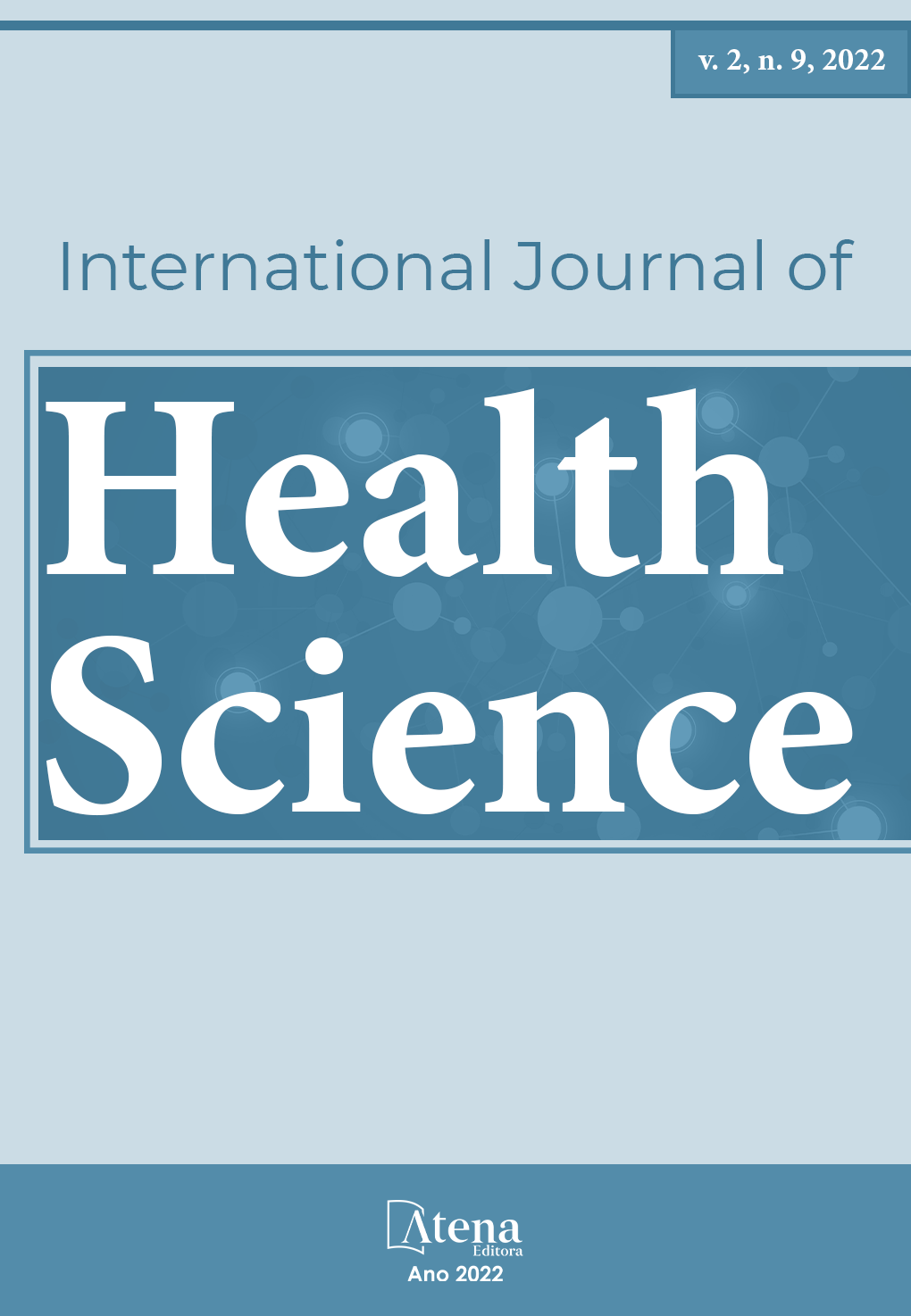
STRATEGY FOR BETTER ADHERENCE TO THE TREATMENT OF DIABETES MELLITUS IN THE ELDERLY IN PRIMARY CARE
Introduction: Chronic diseases are prevalent and have a global impact. Type 2 diabetes mellitus follows this same course with its incidence increasing every year. The lack of knowledge about diabetes is one of the many factors that can worsen the course of the disease. Elderly people are the majority among diabetics. Goal: To describe strategies to improve treatment adherence in elderly diabetics. Methodology: This is a descriptive study, with a quantitative and qualitative approach, of the experience report type, based on the experience of a multiprofessional team of the family health strategy, developed in a basic health unit (BHU) located in the ABC region. in Sao Paulo. After analyzing the medical records, it was identified that glycated hemoglobin was present on average from 10 to 12% in the elderly with type 2 diabetes. However, eight participants took part who managed to attend and continue in eight weekly meetings. It started on 07/20/2018 until 09/21/2018. Results: The strategies were 8 meetings with workshops, as follows: 1st meeting: Consultation was carried out establishing anthropometric data, blood pressure measurement, request for laboratory tests/glycated hemoglobin. Nutritional guidelines; 2nd meeting: Proper use of glucometer and medications; 3rd meeting: patients' eating habits and nutritional management; 4th meeting: Physical activity, dental care, oral evaluation performed; 5th meeting: Approach to emotional aspects; 6th meeting: Food workshop; 7th meeting: Practice of physical activity, performed stretching and walking and the 8th meeting: Assessment and foot care. After 3 months of the end of the group, glycated hemoglobin averaged 6.5 to 7.5%, which remained maintained in the second quarter of 2019. Conclusion: The initiative to elaborate the strategies carried out in a group for the elderly was important for better control and adherence to treatment. There was a decrease in glycemic levels in the elderly with diabetes and a greater bond with the health team.
STRATEGY FOR BETTER ADHERENCE TO THE TREATMENT OF DIABETES MELLITUS IN THE ELDERLY IN PRIMARY CARE
-
DOI: 10.22533/at.ed.159292216025
-
Palavras-chave: Primary care, Diabetes Mellitus, Family health, Elderly health.
-
Keywords: Primary care, Diabetes Mellitus, Family health, Elderly health.
-
Abstract:
Introduction: Chronic diseases are prevalent and have a global impact. Type 2 diabetes mellitus follows this same course with its incidence increasing every year. The lack of knowledge about diabetes is one of the many factors that can worsen the course of the disease. Elderly people are the majority among diabetics. Goal: To describe strategies to improve treatment adherence in elderly diabetics. Methodology: This is a descriptive study, with a quantitative and qualitative approach, of the experience report type, based on the experience of a multiprofessional team of the family health strategy, developed in a basic health unit (BHU) located in the ABC region. in Sao Paulo. After analyzing the medical records, it was identified that glycated hemoglobin was present on average from 10 to 12% in the elderly with type 2 diabetes. However, eight participants took part who managed to attend and continue in eight weekly meetings. It started on 07/20/2018 until 09/21/2018. Results: The strategies were 8 meetings with workshops, as follows: 1st meeting: Consultation was carried out establishing anthropometric data, blood pressure measurement, request for laboratory tests/glycated hemoglobin. Nutritional guidelines; 2nd meeting: Proper use of glucometer and medications; 3rd meeting: patients' eating habits and nutritional management; 4th meeting: Physical activity, dental care, oral evaluation performed; 5th meeting: Approach to emotional aspects; 6th meeting: Food workshop; 7th meeting: Practice of physical activity, performed stretching and walking and the 8th meeting: Assessment and foot care. After 3 months of the end of the group, glycated hemoglobin averaged 6.5 to 7.5%, which remained maintained in the second quarter of 2019. Conclusion: The initiative to elaborate the strategies carried out in a group for the elderly was important for better control and adherence to treatment. There was a decrease in glycemic levels in the elderly with diabetes and a greater bond with the health team.
-
Número de páginas: 9
- Átila santos de Matos
- Claudia Alejandra Gonzales Crespo
- Jennifer Yohanna Ferreira de Lima Antão
- Thelma Mello


